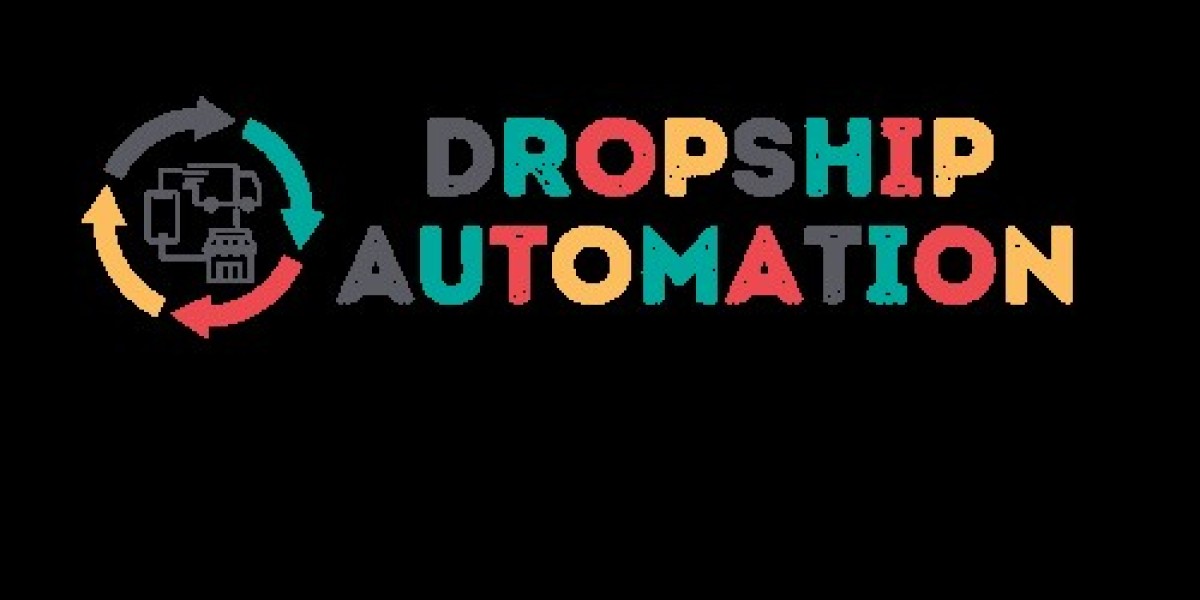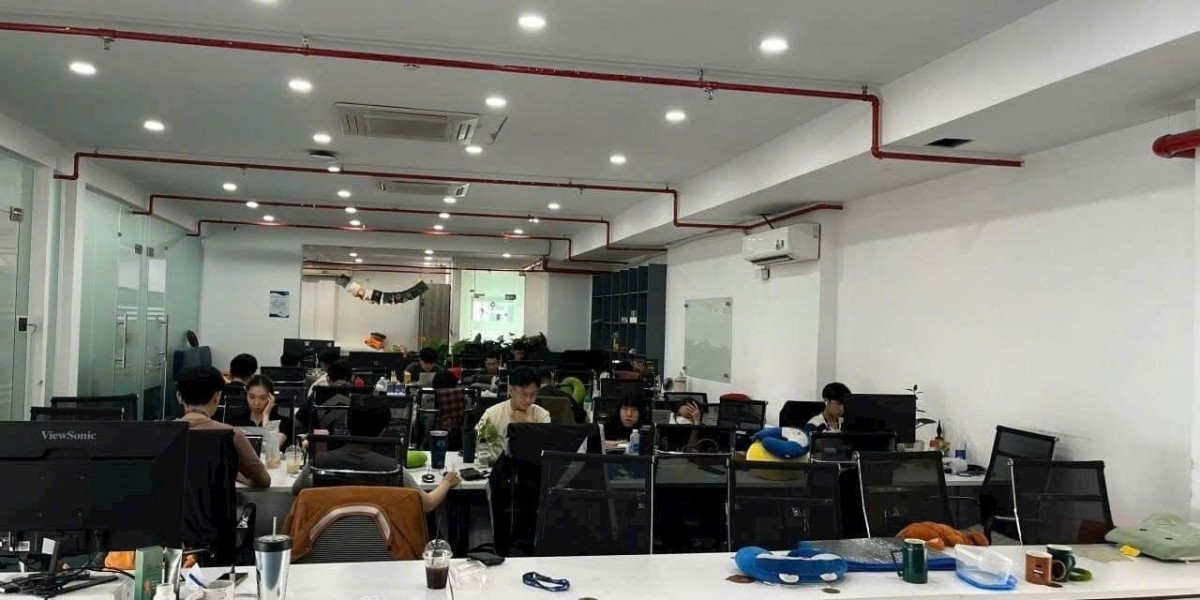In the world of industrial automation, accuracy, precision, and reliability are paramount. One of the most essential components enabling these factors is the transducer. Modern transducers play a crucial role in converting various physical parameters like temperature, pressure, or force into electrical signals that can be measured, monitored, and controlled. As industries evolve and automation becomes increasingly sophisticated, understanding the significance of modern transducers is essential for optimizing operations and boosting productivity.
What Are Transducers?
Transducers are devices that convert one form of energy into another. In industrial automation, transducers are used to convert physical parameters, such as pressure, temperature, or humidity, into electrical signals that automation systems can interpret. These signals are then used to control machines, processes, and systems with great accuracy. Transducers bridge the gap between the physical world and automated control systems, ensuring smooth operations across manufacturing plants, factories, and industrial environments.
The Role of Modern Transducers in Industrial Automation
1. Precision and Accuracy: In industrial settings, even the smallest deviations in parameters like temperature, pressure, or flow can lead to significant inefficiencies or safety risks. Modern transducers ensure that these parameters are measured with high precision, allowing automation systems to respond in real-time and adjust processes accordingly.
2. Data Acquisition and Monitoring: With the rise of Industry 4.0 and the Internet of Things (IoT), transducers are key components in data acquisition systems. They continuously gather data from machines and processes, sending the information to centralized control systems for monitoring and analysis. This enables businesses to have up-to-date information, identify trends, and make informed decisions to improve operational efficiency.
3. Enhanced Control Systems: Transducers are integral to the effectiveness of control systems, allowing automation systems to adjust variables like speed, temperature, or pressure based on real-time data. By providing precise feedback, transducers enable control systems to make quick adjustments, ensuring smooth and efficient operations.
Benefits of Modern Transducers in Automation
1. Improved Process Control: Modern transducers help optimize the efficiency of automated processes by providing accurate data that can be used for precise control, reducing the chances of errors and product defects.
2. Cost Efficiency: With accurate data and real-time feedback, automation systems powered by transducers help reduce waste, energy consumption, and operational costs. Businesses can optimize their resources, leading to significant cost savings.
3. Increased Safety: Transducers help ensure that critical parameters stay within safe operating limits. For example, in industries like oil and gas or chemical processing, monitoring pressure and temperature is essential to prevent hazardous situations. Modern transducers provide continuous monitoring, reducing the risk of accidents.
4. Scalability and Flexibility: As industries grow and automation needs evolve, modern transducers offer scalability and flexibility. With advancements in technology, transducers can easily integrate into existing systems and be upgraded as needed, ensuring that automation systems remain efficient as business requirements change.
Conclusion
In the age of industrial automation, modern transducers are indispensable. These devices allow for real-time monitoring, precise control, and data acquisition, which in turn improves productivity, safety, and cost efficiency. Whether you’re in manufacturing, energy, or any other industry that relies on automation, understanding the value of transducers is key to achieving long-term operational success.
At Dropship Automation, we specialize in providing advanced automation solutions that integrate the latest transducer technologies. Contact us today to learn how modern transducers can help elevate your industrial automation processes to the next level.






